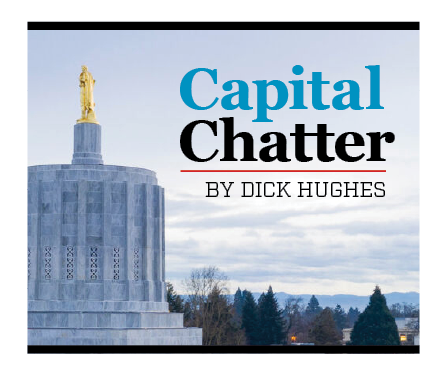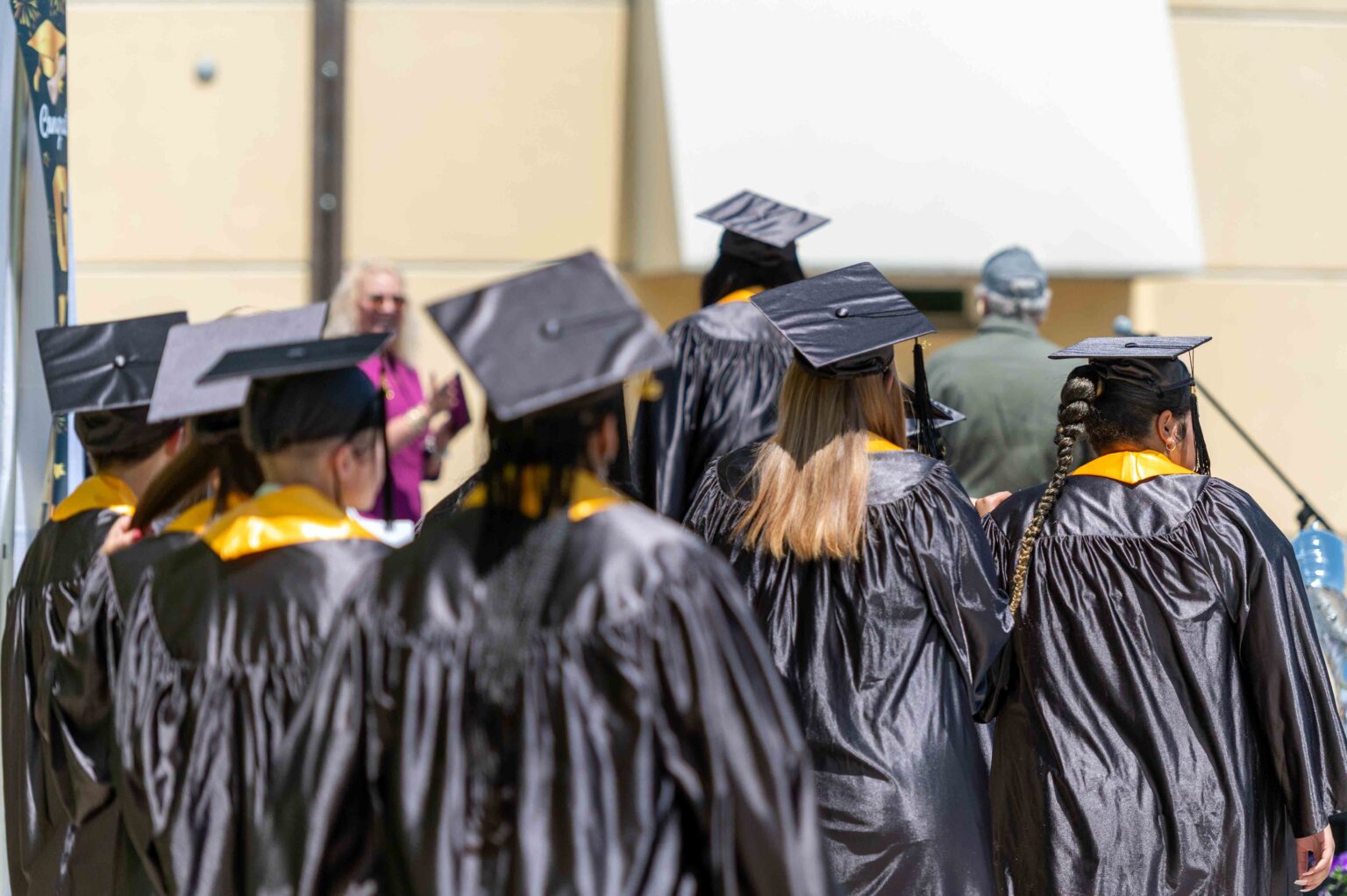Capital Chatter: Oregon’s transportation system is hemorrhaging
Published 4:00 pm Thursday, June 6, 2024

- capital chatter logo
Oregon’s transportation system is hemorrhaging.
“The maintenance needs on our roads are absolutely staggering, and the fact that the city of Portland has $6 billion of maintenance needs on local roads is also significant,” Rep. Khanh Pham, D-Portland, told me by email this week.
“We’re going to need a lot of collaboration amongst legislators and stakeholders to find sustainable funding mechanisms for our transportation system.”
Crafting those answers for the 2025 Legislature could be far more problematic than this year’s difficult decisions to revise Measure 110 and recriminalize minor drug possession.
“There is no viable path forward,” Sen. Brian Boquist, R-Dallas, said. “You tell me which state representative can vote for a $1.90 gas tax increase, then billions more for the I-5 bridge” across the Columbia River.
Boquist, Pham and other members of the Legislature’s Joint Committee on Transportation launched their 12-stop statewide tour on Tuesday in Portland. They visited metro-area transportation facilities, met for a roundtable discussion with key players and held a public hearing at Portland Community College.
The testimony illustrated that achieving unanimity will be difficult on both the funding and spending sides.
“The ‘reduce freeway congestion in Portland side’ is more united and the ‘anti-vehicle, anti-road group’ more fractured than in 2017,” when the previous transportation funding package was approved, Boquist said. He also saw the “same level of nonprofit, city and county officials who want billions but will not, or do not have to, vote for tax increases.”
Nearly 40 people testified – limited to two minutes each – before the committee’s time ran out. Dozens of people, from British Columbia to Ashland, submitted written testimony online.
I watched the hearing via the Legislature’s website, despite some production issues. Afterward I followed up with committee members, including some who were unable to attend on Tuesday.
News coverage of the day’s events was sparse. That is unfortunate.
“I think the public really doesn’t know as much about the budget shortfalls as we (do),” committee co-chair Sen. Chris Gorsek, D-Troutdale, said when we talked Thursday. “I just don’t know that it’s been made as public as I think it needs to be.
“Frequently, people don’t also realize just how much infrastructure is out there that needs work, and needs work in a very, very big way.”
The Oregon Department of Transportation calculates it is nearly $1.8 billion short of what it needs each year.
For example, ODOT should spend $1.8 billion for Americans with Disabilities Act improvements through 2032. That includes an estimated $1.6 billion for curb ramps and $200 million for accessible push button signals.
Meanwhile, the Interstate 5 Bridge Replacement across the Columba River is expected to cost around $6 billion – paid in part by tolls, Washington state and the feds – and up to $800 million for the I-5 Boone Bridge at Wilsonville.
“Transportation has been treated as something we can deal with every couple of years and then forget about,” Rep. Shelly Boshart Davis, R-Albany, said Thursday. “It’s like we pass a transportation package, and then let it be for a decade, and then revisit and wonder how things got so bad.”
Sometimes contradicting one another, Portland-area residents and well-organized interest groups on Tuesday testified about the need for earthquake-safe emergency travel routes, stronger transit service, reducing road congestion, not expanding freeways, and improving safety for pedestrians, cyclists and motorists. They also spoke to revising how Oregonians pay for transportation maintenance and enhancements.
The testimony often echoed comments from the legislative transportation committee’s last statewide tour, which was in 2016. The challenges are not new, just greater: costs rise, gas taxes bring in fewer dollars as vehicle fuel economy improves, climate worries intensify and public expectations change.
“In the nearly eight years I have served on transportation policy committees, we have heard much the same things,” Rep. Paul Evans, D-Monmouth, told me. “Sometimes it is repackaged, but ultimately, the challenges remain almost the same. …”
Committee co-chair Rep. Susan McLain, D-Forest Grove, saw positive signs. “What was new for this trip and roundtable,” she said, “was the number of stakeholders we had engaging and how openly we spoke about funding challenges when it comes to our transportation systems.”
There is consensus among committee members, legislative leadership and Gov. Tina Kotek that the state should focus on maintenance and safety, according to Gorsek. Don’t launch big new projects but complete existing ones, such as I-5 through the Rose Quarter, the Interstate Bridge, the Dundee bypass and the Abernethy Bridge on Interstate 205 at Oregon City.
“We’re really in many ways getting back to fundamentals with all of this,” he said.
Rep. Kevin Mannix, R-Salem, stressed that the committee has not settled on solutions. “This is an opportunity for contemplation of visionary approaches to resolve chronic challenges,” he said. “This requires some risk-taking in regard to our discussions but it can develop ideas for creative solutions.”
Boshart Davis, who along with Boquist is a committee vice chair, said the statewide tour is “a little premature since right now we have no viable path to three-fifths votes in either chamber to raise gas taxes by a dollar.”
Still Tuesday’s hearing was an example of civil civic discourse, despite vast philosophical differences and sometimes audible disagreement from audience members.
“Let me just congratulate you for a very positive experience,” Gorsek told the crowd as he adjourned the two-hour meeting. “We appreciate the fact that people were civil to each other. That’s what we hope to continue in these discussions around the state.”
The next hearing is at 5 p.m. Tuesday, July 18, in Tillamook.




